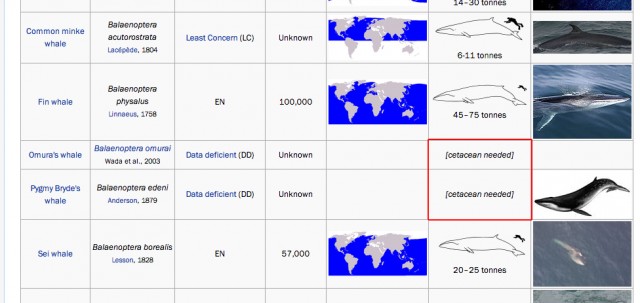When you see someone standing on the sidewalk looking at a smartphone, what do you see? I’ve heard people describe it this way:

What you may imagine when you see someone with a smartphone.
I can understand that, but that’s not what I see. When I see someone looking at a smartphone, or iPad, or computer, this is what I see:

This is what I see when I see someone with a smartphone.
We don’t stare at our devices because we are fascinated with the way they look (at least, not after we’ve owned them for more than 24 hours). We stare through our devices. They are windows, not walls.
Granted, people are sometimes unwise in choosing when to open those windows, and sometimes we miss nearby things because we’re looking farther off. But don’t imagine that the device is what’s holding our attention. The device is just a window.
And as long as I’m on this subject, here’s a related one that’s been kicking around in my head for a while.
Technology != Not Human
Or, to put it a little less esoterically, ‘technology-mediated’ does not equal ‘not human.’
Last week, I once again heard a variation on the theme of I don’t like to use technology to communicate/draw/read/insert-your-activity-here because it doesn’t feel human.
I don’t buy it. I don’t mind at all if you don’t want to use technology for a given purpose, don’t get me wrong. But I don’t buy into the idea that the tool I’m using makes me less human, or makes my interactions less real, or my creativity less mine.
As my friend Lynn Kearny put it when I asked her if she felt using technology de-humanizes the activity being done, “Well, I ain’t never seen no hoss do it.” People communicate with people, whatever the medium. People create art, and people experience the art created by others. The tools will affect the experience, but it’s still essentially a human experience.
When I’m taking visual notes on my iPad, it’s a very different experience than when I’m doing it on paper. Lots of people don’t care for how that experience feels, and I have no problem with that. I also like taking notes on paper. But drawing on paper isn’t realer than drawing on an iPad. It isn’t a more human way to draw. You might as well say that drawing on paper is less human than drawing on cave walls, or chalking on sidewalks is less human than painting with oils on canvas. What does the medium have to do with how human the activity is?
The medium affects the experience of creating the work, and it may affect the qualities (please note, qualities plural, not quality) of the completed work. It doesn’t take anything away from the creator of the work.
So don’t use technology if you don’t care to. But don’t tell me I’m being less human for choosing it as a medium when it suits my outcomes.
The illustrations in this post were created by the fabulous Marianne Rodgers and are copyright © 2013 Marianne Rodgers. Find her work, and hire her to do some for you, at Mindtwin.net.
Like this:
Like Loading...






